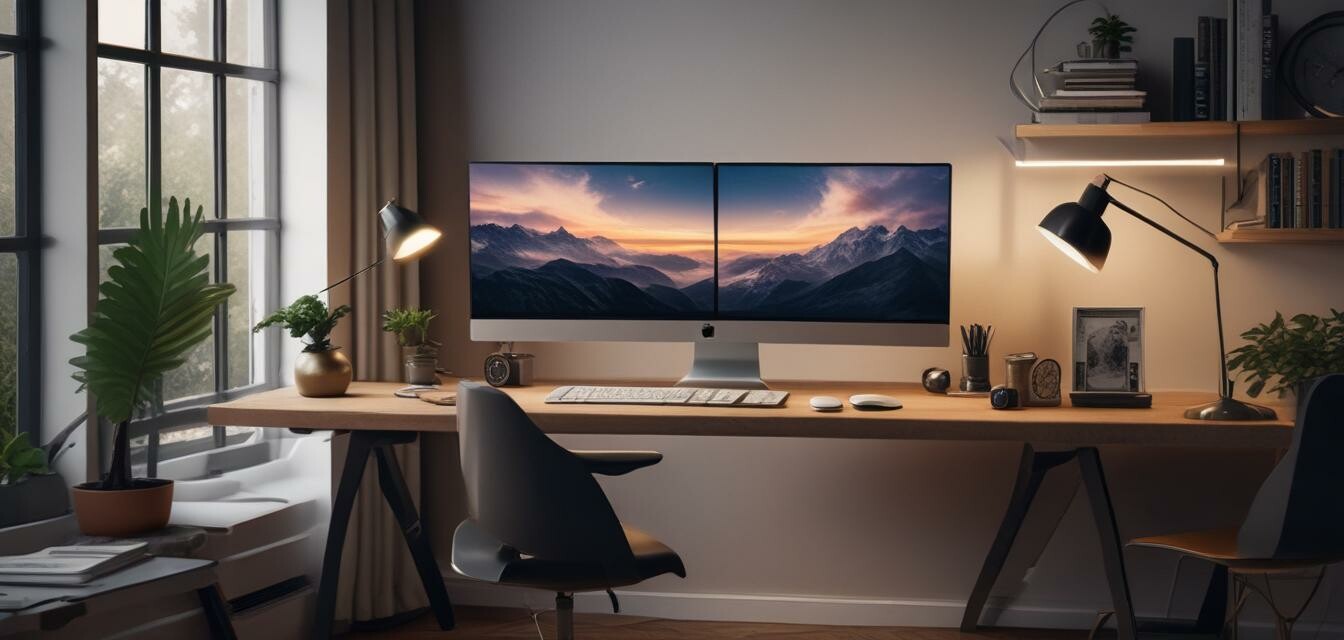
Office Culture Shift: Adapting to Hybrid Work Environments
Key Takeaways
- The hybrid work model is reshaping office culture significantly.
- Home office setups must adapt to accommodate both remote work and in-office needs.
- Employee engagement is evolving with technology innovations.
- Investing in essential ergonomic accessories fosters productivity.
- Understanding industry trends is vital for effective workspace planning.
The transition to hybrid work environments has profoundly transformed office culture. As more organizations embrace flexible working arrangements, the influence on home office setups and worker engagement is becoming increasingly apparent. This article delves into the factors driving this shift and the implications for both employees and employers.
The Rise of Hybrid Work Models
Hybrid work models combine in-office and remote work, providing employees with the flexibility to choose how and where they work. This approach offers numerous benefits:
| Benefits of Hybrid Work | Details |
|---|---|
| Flexibility | Employees can adjust their work schedules to suit their personal lives. |
| Cost-effectiveness | Reduced commuting costs and office overheads for employers. |
| Increased productivity | Many employees report being more productive when working remotely. |
Impact on Home Office Setups
With the rise of hybrid work, home office setups have taken center stage. Here are several elements that are crucial for a conducive home office environment:
- **Ergonomic furniture:** Adjustable desks and office chairs help create a comfortable workspace.
- **Multi-monitor setups:** Enhancing productivity through increased screen real estate for multitasking.
- **Efficient lighting:** Desk lamps and ambient lighting reduce eye strain and improve focus.
- **Noise-cancelling solutions:** Options that minimize distractions and help maintain concentration.
Choosing the Right Accessories
When setting up a home office, the right accessories are essential. Consider the following when making decisions:
Beginner's Tips for Home Office Setup
- Invest in a quality ergonomic chair and a height-adjustable desk.
- Utilize docking stations to streamline your tech setup.
- Choose monitors that fit your work style — consider ultrawide or dual setups for enhanced visibility.
- Add personal touches — photos and plants can significantly improve your workspace ambiance.
Employee Engagement in a Hybrid Workplace
As companies adapt their office culture, maintaining employee engagement becomes a priority. Effective communication tools play a critical role in keeping remote and in-office teams connected. Here are some strategies:
- Utilize project management software to track progress and foster collaboration.
- Hold regular team check-ins to ensure everyone is aligned and engaged.
- Encourage feedback to continually improve hybrid work practices.
Conclusion
The evolution of office culture through hybrid work models is reshaping how individuals collaborate and connect with their peers. Adapting home office setups to meet these new demands is essential in fostering engagement and productivity. Companies that prioritize modern technologies, ergonomic office equipment, and employee engagement initiatives are likely to thrive in this new work environment.
Pros
- Increased flexibility for employees
- Cost savings for organizations
- Improved work-life balance
Cons
- Potential communication gaps
- Challenges in maintaining team culture
- Risk of overworking due to blurred boundaries
For more insights and setups, visit our sections on Buying Guides and News and Trends. Explore our product categories, from Docking Stations to Ergonomic Chairs, to enhance your hybrid work setup.